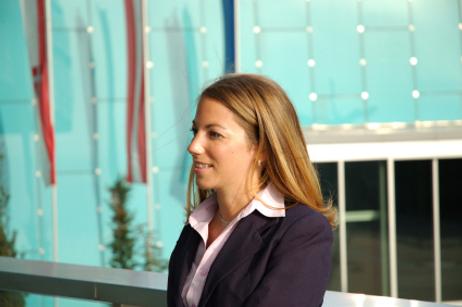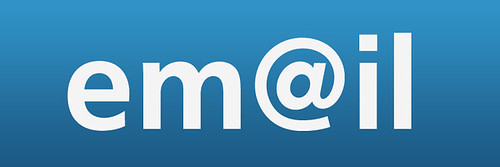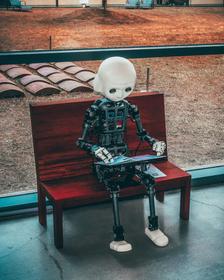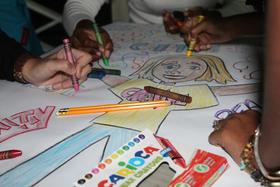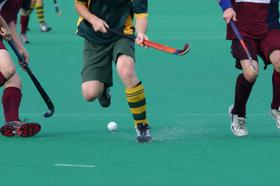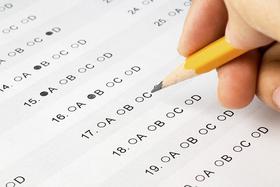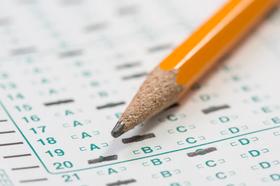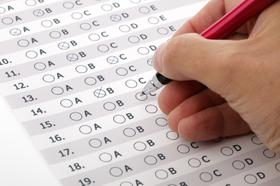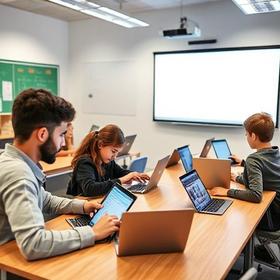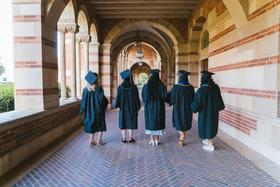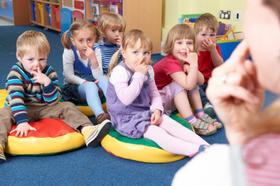If you are new to the school where your child has just been accepted, you may think that the school functions like a well-oiled machine with little help from outside. Nothing could be further from the truth. Your help and support as a parent are essential and, indeed, expected. Let's look at some ways in which we parents can contribute time, talent and treasure to our children's schools.
1. Support your school financially.
Depending on where you live and what your schedule is like, supporting the school financially may be all that you can do. If you have the means to make a significant gift, then contact the development office to see how best to use your munificence. Leadership gifts are critical to any school's fund-raising success. In any case, give what you can. Gifts from parents are an important source of funding for most private schools.
2. Be a class parent.
Primary schools, in particular, will appreciate help with all sorts of things. You will be worth your weight in gold if you are the kind of parent who simply does what she is asked to do faithfully and without interfering with the teacher or children. Communicating with the other parents and getting them organized to do whatever the class needs to be done is part of the role of the ideal class parent. Chaperoning field trips and walks might also be part of your volunteer work. Class parents are especially important these days because so many



